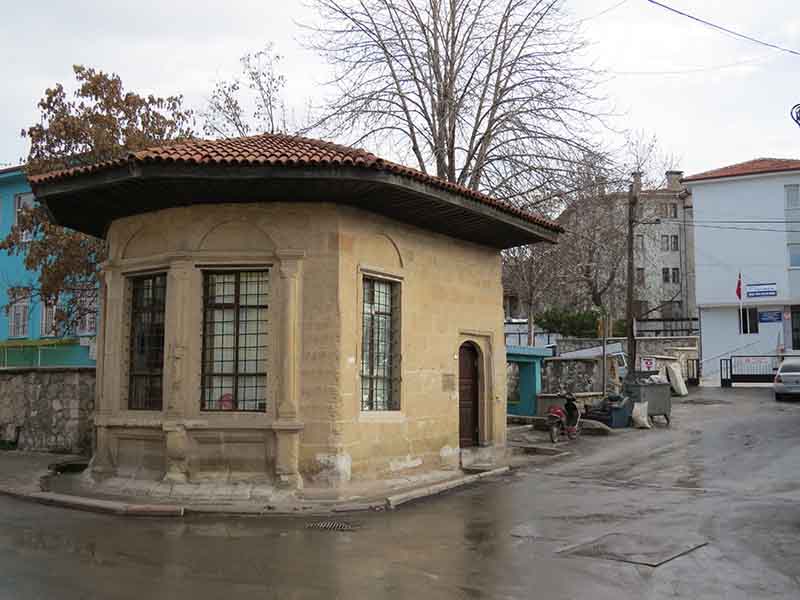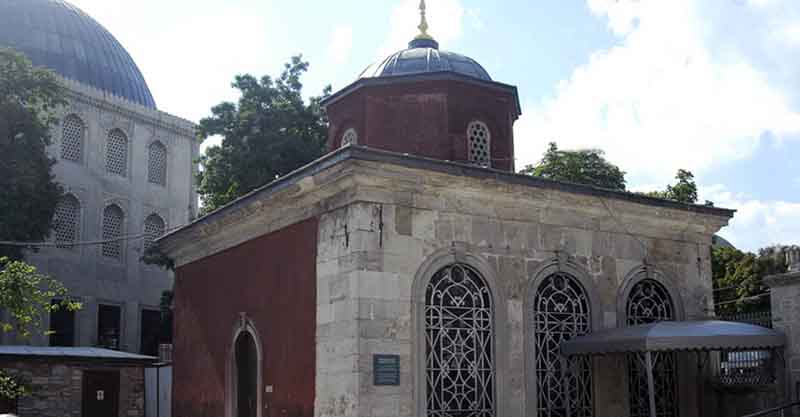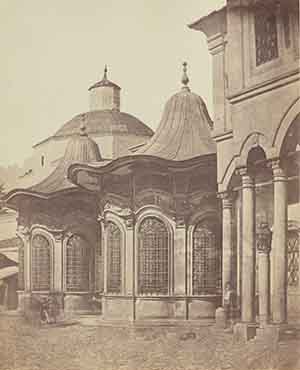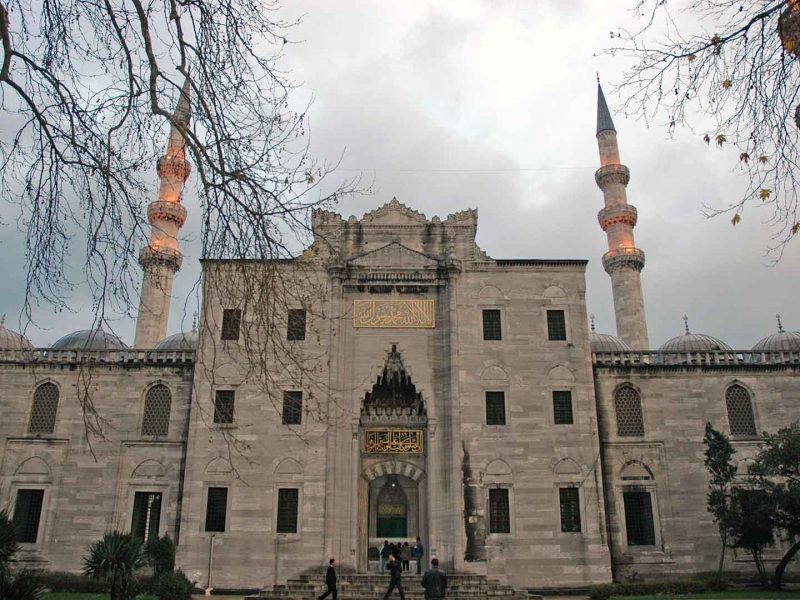Although it is known in geography and astronomy education that Greenwich is the starter meridian, it was the Million Stone in Sultanahmet during the Roman Empire era. Later, Hagia Sophia served as the starting meridian to determine the time. While the information about time and astronomy changes day by day, the institutions we call timing rooms draw attention as the places where time adjustment and astronomy studies were carried out during the Ottoman period. We hereby give details about the timing rooms and timepieces which have lost their vitality today.
What is Timing Room (Muvakkithane)?
Muvakkithane (Timing Room), derived from the “vakit (vakt)” in Arabic, is a place which was built in order to determine the time of prayer, and at the same time to conduct astronomical studies on knowledge during the Ottoman period. The timing rooms are the places where the time is determined. They are also the places in which some works on the astronomical studies on a small scale have been achieved and reached up today.

The timing rooms are the places where the time is determined.
Who is a Muvakkit?
The person who is the official to determine the times as well as the prayer times in the Timing Room is called as “muvakkit”. The first and most famous muvakkit in the Ottoman period was Ali Kuşçu. Some of the muvakkit dealt with astronomy and have drawn attention with their astronomic studies. Especially Sheikh Vefa, Takiyyuddin and Darendeli Mehmet Efendi are the scientists of the period who really left their mark.
When were the Timing Rooms Established?
Based on the determination of the prayer times, the timing rooms emerged in fact in the common sense of the timekeepers actually emerged in the time of the Umayyad (661 – 750 CE). In the Umayyad period, they were serving in the section assigned to them within the mosques. At the time of the Ottoman Empire, separate spaces were allocated for the timing rooms. In a rectangular building, the muvakkit were engaged in time determination and astronomical activities. The first timing room in İstanbul was built in 1470 at the Fatih Mosque, and Ali Kuşçu was appointed as the head of this timing room.

Hagia Sophia timing room, İstanbul. (Photo: ayasofyamuzesi.gov.tr)
Structural Features of Timing Rooms
The timing rooms are built as a separate structure not in the mosque, as in the Umayyad, they usually are rectangular and single-story. The upper floor of the two-story ones are used as a primary schools or libraries. One side of the timing rooms surely looks at the street. The side facing the street is built in the form of a triangular plate for a passerby to see the clock.
Tools Used in Timing Room

Pierre de Gigord Collection of Photographs of the Ottoman Empire and the Republic of Turkey, 1850-1958.
There was a tool called an “astrolabe” that was used by muvakkit to determine the time, to prepare timetable for the month of Ramadan, to determine the time of prayer, and for calculating the meridian transition. A triangular measuring tool called “rubu (quarter) board” was used to determine the exact time. In order to determine the height of the sun and the stars in the sense of astronomical activities, a circle measuring device called “daireyi muaddel” was preferred. While these are on the forefront as the traditional muvakkit tools, as a result of the developments in the measuring devices over time, many tools related to time and calendar such as the hourglass, sundial, sextant, dial, and mechanical clock are also included.
The Timing Rooms in the Present Day
During the reign of Abdülmecit in Ottoman Era, square clocks were starting to be made, and mechanical clocks became more widespread. As a result, there is no longer any need for the timing rooms. However, many people check their mechanical clocks by coming to the timing rooms as a tradition and determine the time. After the declaration of the republic, the timing rooms continued as an official institute with the Principality of Timing Room until 1952, and they were permanently closed in 1952.
The Timing Rooms of İstanbul
Among the timing rooms of İstanbul, the Fatih Mosque timing room, the Hagia Sophia Mosque timing room, the Beyazıt Mosque timing room, Eminönü Mosque Galata timing room and Kandilli Mosque timing room, which serve with the touristic purpose today, should be visited. These buildings are very strong in architecture and open to the public.

